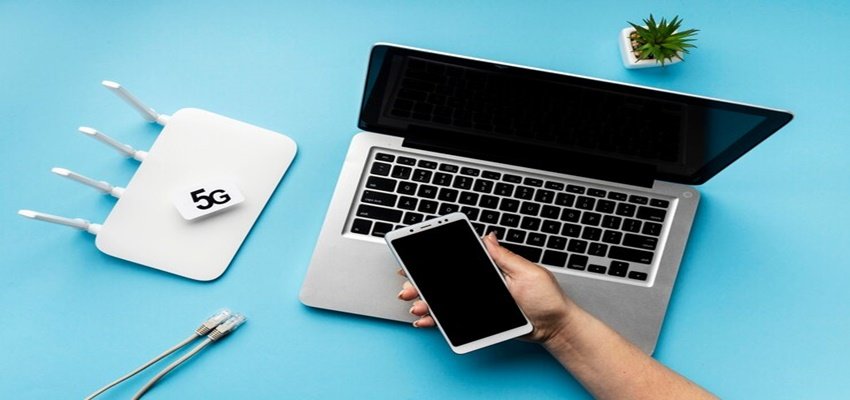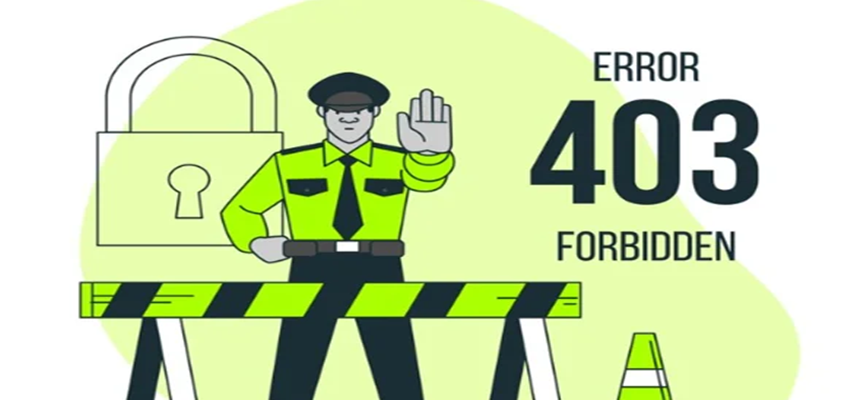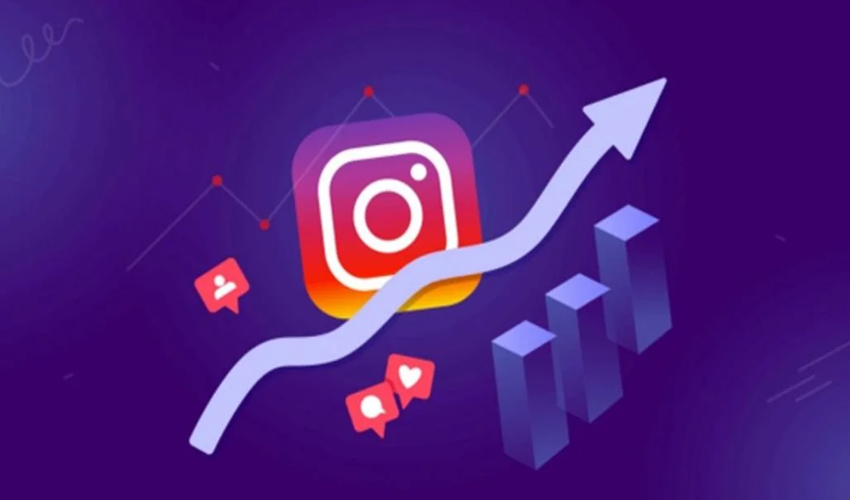
Mobiles have come a long way in no time. Not too long ago, 3G was revolutionary – and now, 4G is becoming obsolete.
5G is rolling out globally, so let’s understand what these networks are and what makes 5G so cool.
4G was a game changer – but 5G takes it to the next level.
Faster speeds, lower latency and better connectivity are just the start of what 5G has to offer.
What is 4G and How Did It Change the Game?
4G means “fourth generation” and changed the way we use mobiles.
It brought faster internet speeds, smooth video streaming, quicker downloads and real time communication.
With 4G, apps like Netflix and TikTok became a part of our daily lives. In fact, 4G offered speeds of up to 100 Mbps, which is 10 times faster than 3G.
This speed boost helped industries grow, from entertainment to healthcare, to connect and operate online more effectively.
But 4G isn’t perfect. As more people connect, the networks slow down and you get lag and interruptions.
That’s where 5G comes in.
What’s Different in 5G?
5G is the “fifth generation” network and is designed to fix the limitations of 4G. It’s not just an upgrade, it’s a complete transformation.
Speed
5G can go up to 10 Gbps. To put that into perspective, you can download an HD movie in just a few seconds.
Latency
Latency is how long it takes your device to communicate with the internet. 4G latency is 30-50 milliseconds while 5G’s is 1 millisecond.
This means gaming, virtual reality and video calls are super smooth!
More Devices Connected
5G can handle a huge number of devices at once, which is necessary for smart homes and cities, where everything from refrigerators to streetlights are connected to the internet.
Why 5G Matters
5G isn’t just about speed. It’s about opportunities; industries like healthcare and transportation will benefit the most.
With 5G, remote surgeries using robotic arms will be more precise and self-driving cars will be safer with real time data sharing.
For everyday users, it means no more buffering during a live stream or losing connection in crowded areas, like stadiums or concerts.
But as 5G becomes more widespread, there are also concerns about privacy.
How to Stay Safe on 5G Networks
While 5G offers incredible benefits, it also comes with challenges, particularly in online security.
The faster and more connected a network is, the more attractive it becomes to hackers.
This is where using tools like a VPN installer can make a difference.
A VPN, or Virtual Private Network, helps protect your data by encrypting your online activity.
With 5G’s high speed and vast connectivity, users should consider a VPN installer to maintain their privacy and secure their browsing experience.
It’s like locking your door when you have expensive tech inside — it’s better to be safe than sorry!
5G Challenges
5G is amazing, but not without its problems.
Moving to this next gen network means overcoming many obstacles, from infrastructure costs to device compatibility.
Here are the biggest challenges of 5G:
- Infrastructure Costs
5G needs new towers and equipment, which is expensive. Many rural areas won’t see 5G for years because of the cost. - Battery Drain
Early 5G phones had faster battery drain due to the power required for 5G. - Compatibility
Not all devices support 5G yet. To enjoy the benefits, you may need to upgrade your phone or tablet.
Mobile Networks Future
Looking forward to 5G is just the beginning. Experts say 6G will be around 2030, with even faster speeds and more technologies.
But for now, 5G is building the foundation for a more connected world.
Some say the hype around 5G is too much, especially in areas where 4G is still good.
But 5G can’t be ignored, especially in industries that need real time data.
Conclusion
The jump from 4G to 5G is more than an upgrade — it’s a paradigm shift.
Whether you’re streaming a movie, gaming with friends or exploring virtual reality, 5G has something for everyone.
At the same time, we should think about online safety. In my opinion, while 5G is amazing, we should also balance speed with security.
After all, what’s the point of faster networks if we can’t trust them with our personal data?






